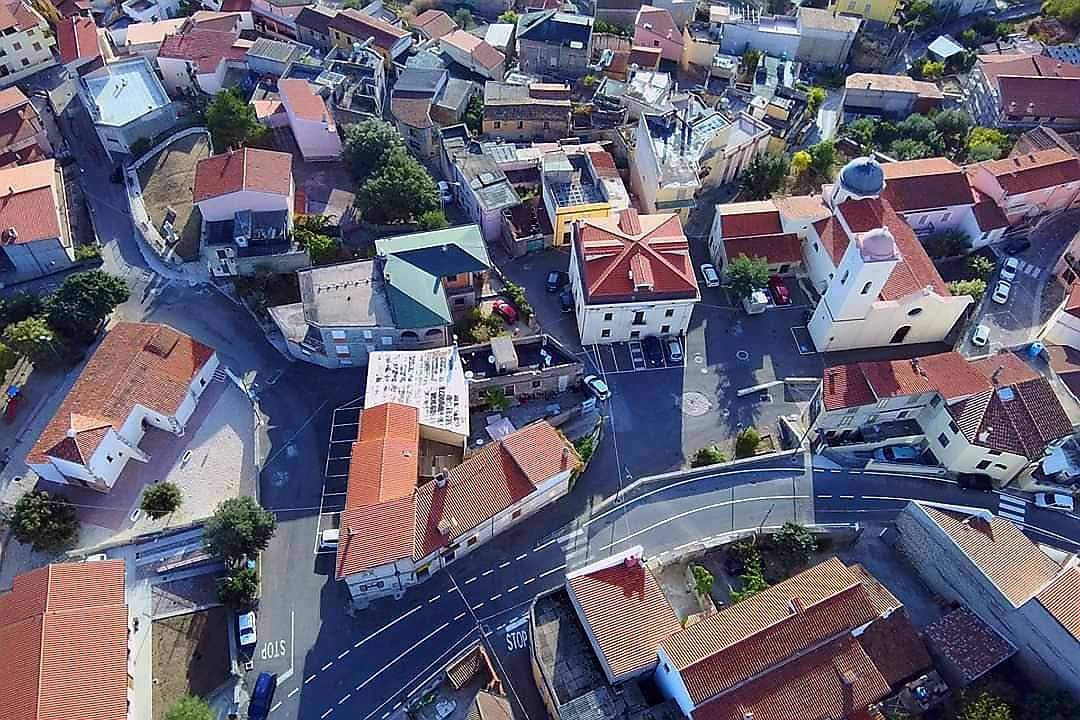“Oniferi (Oniéri in Sardinian) is an Italian town in the province of Nuoro. Surrounded by the imposing Gennargentu chain, it overlooks the Sa Costa valley, covered with cork, oak, holm oak and olive groves. It is a village of medieval origin in the Barbagia di Ollolai divided into six districts: su Nodu, monte Ormina, Santu Juvanne, su Cantaru, su Pizu de s’Ortu, Untana and Sant’Antoni. In the center of the village there is the new parish church of Sant'Anna, whose first structure dates back to the fifteenth century, then remodeled and transformed several times in the twentieth century, and the former parish church of San Gavino Martire, dating back to the fifteenth century and of great artistic value. , surrounded by a meadow. In mid-January, the fires of Sant'Antonio Abate are lit with an offer of wine and typical sweets.
Oniferi is one of the centers where the tradition of singing a tenor is alive, handed down from generation to generation, and declared a World Heritage Site by Unesco. Inhabited since the Neolithic age, it is very rich in archaeological sites: numerous domus de Janas, dolmens, menhirs tombs of Giants and about forty nuraghi, placed in control of the territory and attributable to the long period between the Middle Bronze and Iron Ages (1700- 900 BC), including Ola, Murtas, Badu Pedrosu and Brodu. The hypogean necropolis of sas Concas is considered as the domus de Janas complex, the largest and oldest in Barbagia. The necropolis, datable to 2700 BC approximately, it is found in a trachyte outcrop in the Oniferi area, on the edge of the state road 128. It is characterized by complex tombs and by mysterious architectural and symbolic elements. In particular, on the walls of some tombs - of the Hemicycle, of the X and of the New West - graphites depicting stylized men upside down are engraved. In the same tomb there is the representation of the greater bear with the horizon line and the upside-down figures that descend along the east wall. On the opposite side to the upside-down figures there was a so-called "butterfly" engraving.
Technology must help to preserve and make known the history and traditions of our territory, which is why we have decided to be part of Wifi Italia, the public and free network which is an opportunity dedicated to our fellow citizens and visitors ".
